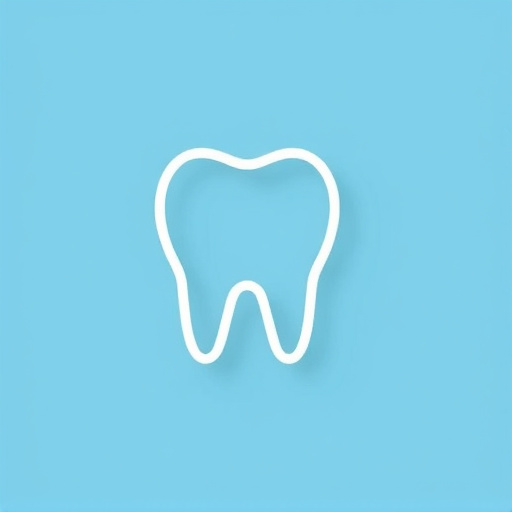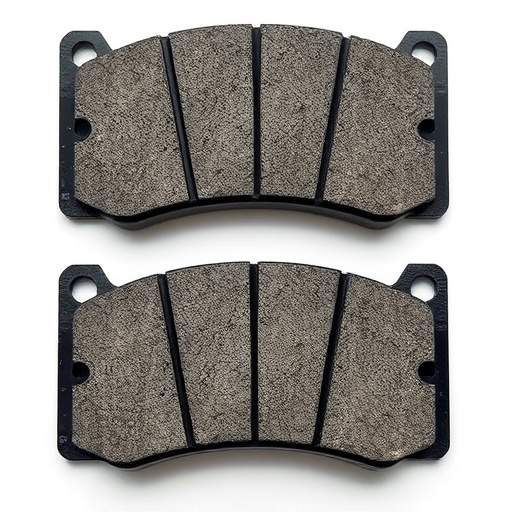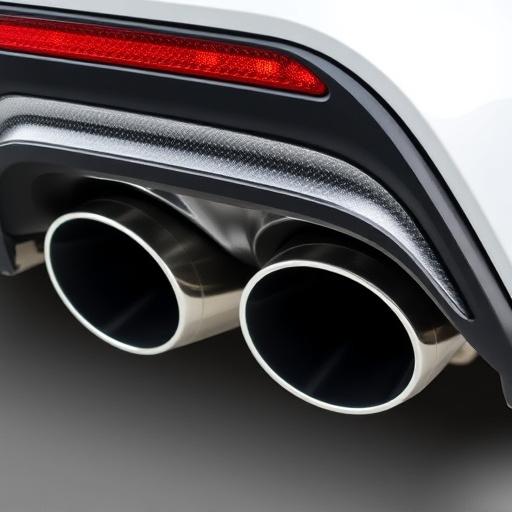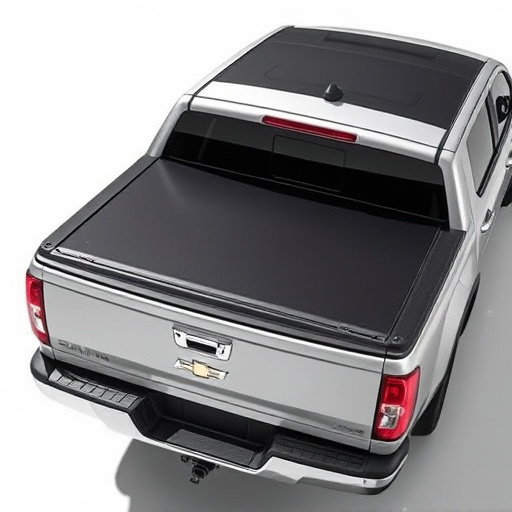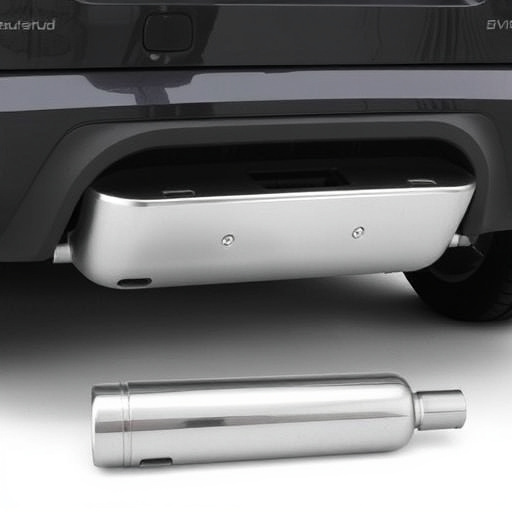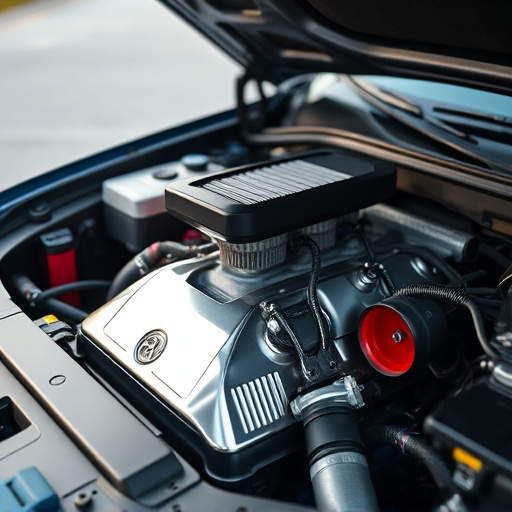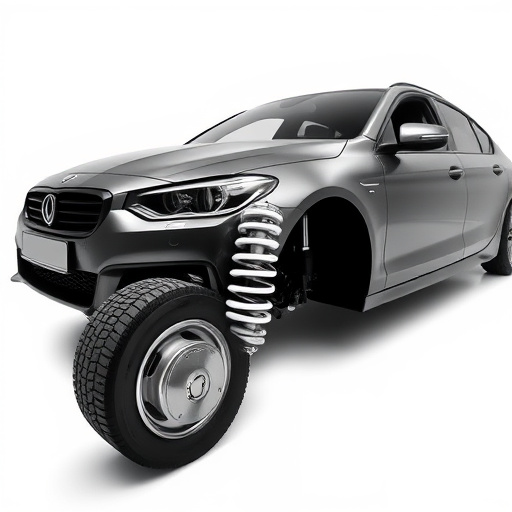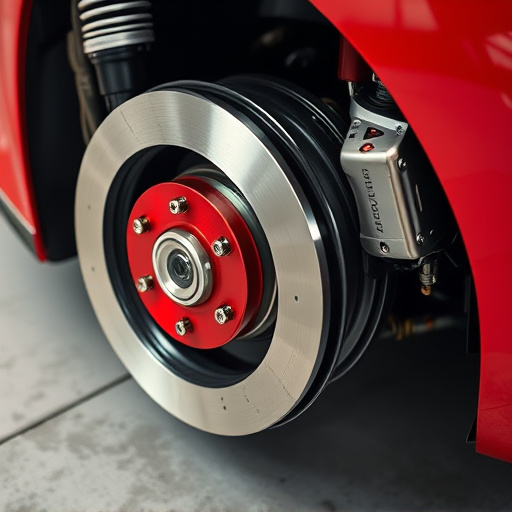ECU tuning minimizes throttle lag in drive-by-wire vehicles by optimizing engine control parameters like fuel injection and ignition timing, resulting in quicker responses, improved drivability, enhanced power output, and reduced fuel consumption, especially when paired with performance modifications.
ECU (Engine Control Unit) tuning is a game-changer when it comes to enhancing performance, especially in modern drive-by-wire systems. This technology addresses the critical issue of throttle lag, ensuring smooth and responsive acceleration. The article delves into the intricacies of throttle lag in DBW systems and highlights how ECU tuning acts as a solution. We explore the process of optimizing adjustments for improved efficiency and performance, making it a must-read for automotive enthusiasts and professionals alike.
- Understanding Throttle Lag in DBW Systems
- The Role of ECU Tuning in Mitigation
- Optimizing Performance and Efficiency Through Adjustments
Understanding Throttle Lag in DBW Systems
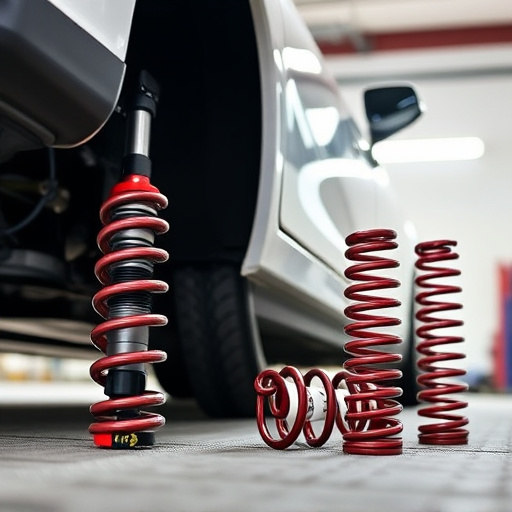
Throttle lag is a common issue in drive-by-wire (DBW) vehicle systems, where the time delay between the driver’s input on the accelerator pedal and the actual response from the engine can significantly impact performance. This lag occurs due to various factors within the DBW system, including sensor readings, electronic signal processing, and actuator responsiveness. The Electronic Control Unit (ECU), which manages these processes, plays a pivotal role in minimizing throttle lag for improved driver experience.
ECU tuning is a sophisticated process that fine-tunes the parameters of the DBW system to reduce this delay. By adjusting settings related to sensor calibrations, mapping strategies, and actuator control, ECU tuning enhances the communication between the driver and the engine. This results in quicker responses, allowing drivers to enjoy smoother and more agile acceleration, especially when combined with high-performance parts like advanced brake components and performance air filters that further optimize the overall driving dynamics.
The Role of ECU Tuning in Mitigation
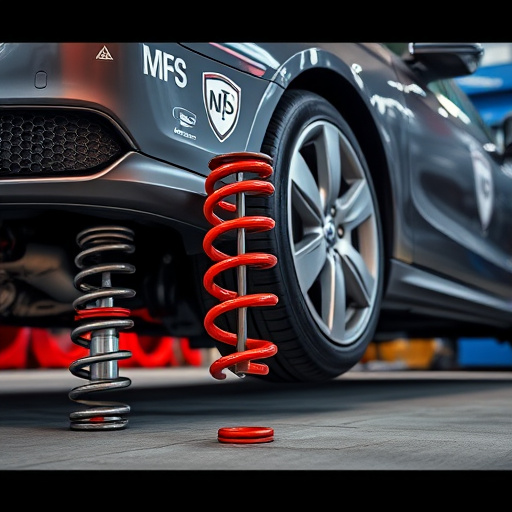
ECU tuning plays a pivotal role in mitigating throttle lag on drive-by-wire systems. By fine-tuning the Electronic Control Unit (ECU), which acts as the brain of the vehicle’s engine management system, engineers can optimize fuel injection and ignition timing. This direct control over critical parameters ensures that the engine responds instantly to driver input, reducing the delay between pressing the accelerator and feeling the corresponding acceleration.
Furthermore, ECU tuning enhances overall drivability by customizing the engine’s performance characteristics. Adjusting variables like spark advance, boost pressure (in turbocharged engines), and fuel delivery can significantly improve low-end torque, making the vehicle feel more responsive and agile. This customization is particularly beneficial for those seeking a sportier driving experience, often complimented with upgrades like coilover kits, air filter kits, and exhaust tips to further enhance performance and aesthetic appeal.
Optimizing Performance and Efficiency Through Adjustments
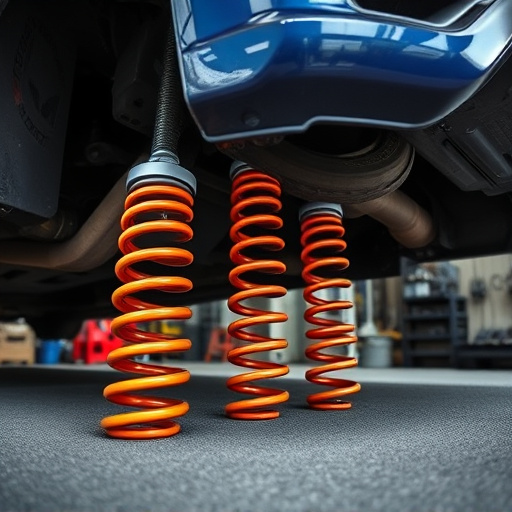
ECU tuning plays a pivotal role in enhancing both performance and efficiency in drive-by-wire systems. By meticulously adjusting various parameters within the engine control unit, engineers can optimize fuel injection, ignition timing, and air-fuel mixture ratios, leading to improved power output and reduced fuel consumption. This fine-tuning process allows for a smoother transition between throttle inputs, minimizing lag, and providing a more responsive driving experience.
Furthermore, ecu tuning can complement other vehicle modifications like exhaust tips and suspension kits. For instance, adjustments to the ECU can maximize the benefits of an upgraded exhaust system by optimizing engine breathing, ensuring that power gains are effectively channeled through the exhaust. Similarly, fine-tuning suspension settings in conjunction with ECU adjustments can enhance handling dynamics and cornering performance, creating a more balanced and agile driving machine.
ECU tuning plays a pivotal role in reducing throttle lag on drive-by-wire systems, optimizing performance and efficiency. By finely adjusting engine control unit parameters, ECU tuning mitigates response time delays, resulting in smoother and more responsive driving dynamics. This technique is crucial for enhancing overall vehicle performance, particularly in modern automotive technologies where DBW systems are increasingly prevalent.
